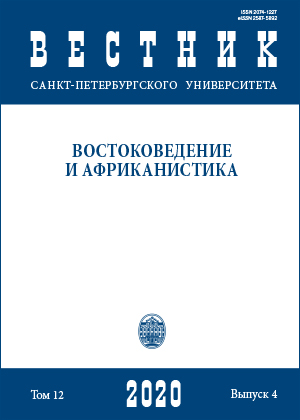Artificial Intelligence in China: The Current State of Industry and Development Trends
DOI:
https://doi.org/10.21638/spbu13.2020.409Abstract
Currently, in many countries of the world, developments in the field of artificial intelligence are given priority. Among the main countries competing for leadership in this area, China is gaining more and more weight, surpassing the United States of America in America who is considered the undisputed market leader. Despite tight government control and generous financial support for the artificial intelligence sector, which leads to the industry’s boom, China faces certain difficulties in developing this high-tech industry. Some of these difficulties are due to historical factors, while others are due to the state of the industry’s market. The country’s leaders are planning to overcome some of them by reforming related industries and introducing specific approaches to strengthen the position of Chinese companies involved in developments in machine learning, deep learning, natural language processing, computer vision fields, as well as working on projects in the field of big data analysis, autonomous intelligent systems, etc. This article provides an overview of the current state of the artificial intelligence industry in China and analyzes the recent trends of this market in China.
Keywords:
artificial intelligence, China, economy, commercialization, state
Downloads
References
Downloads
Published
How to Cite
Issue
Section
License
Articles of "Vestnik of Saint Petersburg University. Asian and African Studies" are open access distributed under the terms of the License Agreement with Saint Petersburg State University, which permits to the authors unrestricted distribution and self-archiving free of charge.





